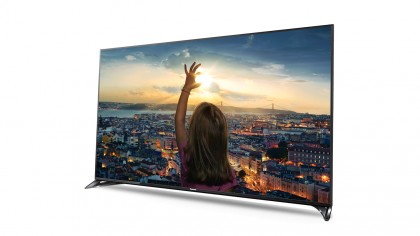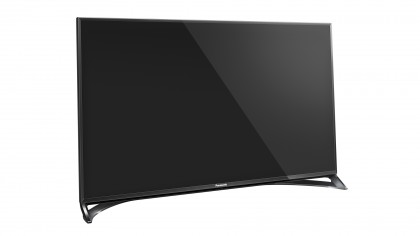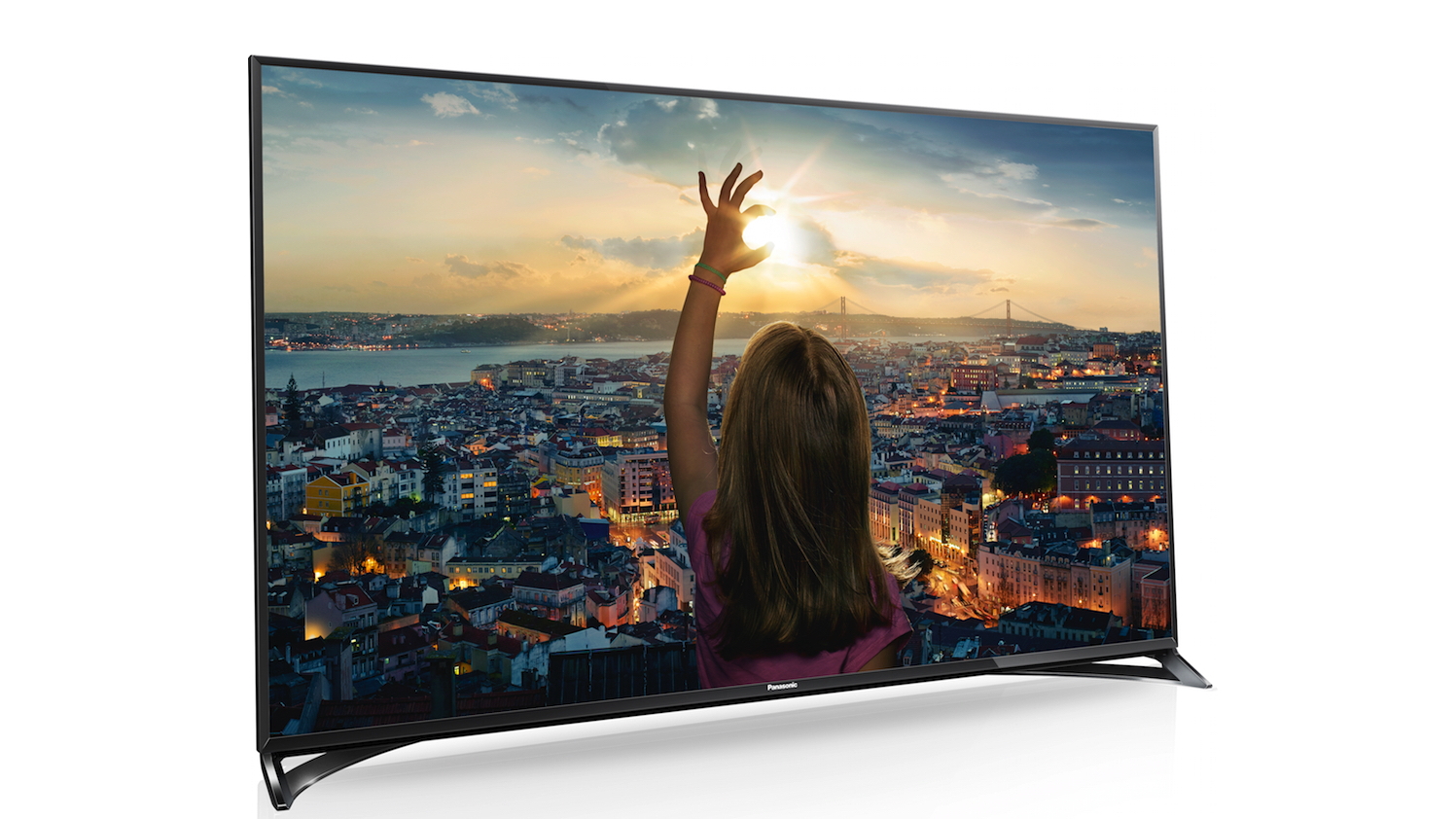Why you can trust TechRadar
In action, the 50CX802 is a quintessentially Panasonic LCD TV.
Which is actually very good news, for it means Panasonic has managed to produce a picture from an LCD screen that truly resembles in many ways the pictures it managed to get from its beloved plasma TVs.
The AX902 models from 2014 made some steps along this road, but were ultimately let down by their use of an IPS panel, which limited their contrast and shadow detail.
The 50CX802's use of a VA panel removes - or at least, greatly reduces - this plasma-aping hurdle.
Contrast
For starters the depths of rich, natural blackness the screen can reach are outstanding - much more profound than anything Panasonic has achieved before from an LCD TV, and up there with the best efforts of high-end Sony and Samsung rivals.
The lack of any significant grey, blue or green undertone to black colours, as well as the complete absence of any of the sort of radioactive 'glow' effect LCD TVs sometimes suffer with when trying to show black, means that dark scenes look vastly more convincing and immersive.
They also deliver a credible match for the sense of depth and realism the TV achieves with bright content, making for a gorgeously consistent viewing experience that doesn't find dark scenes standing out jarringly against bright ones as a film cuts between them.

Detail
The new 4K Studio Master processing, meanwhile, earns its corn in impressive style with the amount of subtle detailing the 50CX802 manages to retain in dark areas despite the depths of its black levels.
All too often when an LCD TV strives for the sort of deep black colours the 50CX802 can produce the extent to which it has to remove light from the image causes subtle light details to disappear, resulting in a hollow, flat look to the darkest areas.
Panasonic's light management, though, is clever enough to deliver deep blacks while seemingly crushing out hardly any of the tiny light variations that give a dark shot depth.
This distinctively Panasonic deftness of touch is evident, too, in a gloriously nuanced colour performance.
Every single pixel appears able to offer its own truly deft colour tone to a degree that scarcely seems possible given that LCD is a technology that has to share external lights across multiple pixels.
Colour precision
This colour precision underlines the sense of detail in 4K images, joining forces with the contrast and greyscale capabilities to deliver 4K pictures of truly outstanding purity and texture.
To be clear, I'm not saying the 50CX802's pictures are the sharpest I've seen on a 4K TV - that honour is probably shared between Samsung and Sony's latest flagship 4K UHD TVs. But sharpness shouldn't be confused with detail and accuracy, and on those two fronts the 50CX802 really does set the bar.
Given the current paucity of native 4K UHD sources, it's important to stress here too that the latest 4K Pro technology in the 50CX802 also does an excellent job of upscaling HD content to the TV's native UHD resolution, adding an impressive amount of pixel density as well as genuine detail without exaggerating any noise that might be in the HD source.
Even standard definition images don't look as soft and muted with their colours as they tend to on UHD TVs - though obviously we'd urge anyone with a 4K UHD TV to avoid standard definition content wherever possible.
Making the old look new
The 50CX802's remastering processing also does a very considered job of remapping current video standards to the screen's expanded colour and luminance ranges if you're willing to give it a go too. The results of the remastering aren't as spectacular, perhaps, as those you get with Samsung's SUHD TVs, but picture enthusiasts may well prefer the 50CX802's gentler touch.
There's a gorgeous stability to the 50CX802's handling of all the infinite amount of small things it picks out so deftly in its images, with no trace of the slight flickering effect or dimming in and out that can happen with most TVs - even rival flagship models - when they try to reproduce very small details.
Especially if those details also happen to be moving, like the starscapes around Sandra Bullock in Gravity.
Panasonic's motion handling doesn't deliver quite as much clarity and detail retention as some of its rivals, it has to be said, which can lead to a slight reduction in the images mostly outstanding '4Kness' when you're watching sport or action scenes. But the gorgeous greyscale and colour handling elsewhere largely compensates for this problem.

Minor flaws
Now I've stumbled into a little negative territory with the 50CX802, I might as well add that its pictures don't qet as bright or vibrantly coloured as those of Samsung's SUHD TVs - or Sony's KD-75X9405C.
Especially when you've set the image up to dodge some minor backlight issues noted below.
This could be worth pondering if you tend to watch TV in a fairly bright environment, of you're wanting to get the maximum impact from the new HDR picture technology that's due to arrive soon.
Another fortunately fairly rare problem is some jumping of the image's overall backlight level, and the occasional faint backlight cloud - issues that can become more overt if you leave the backlight setting too high or try to use the TV's contrast-boosting features on too high a power level.
3D
The backlight clouding issues are hard to avoid with 3D content given that the 50CX802 needs to run more brightly in 3D mode to counter the dimming effect of the active shutter 3D glasses, despite the fact that even at maximum brightness the 50CX802's 3D images aren't as bright, vibrant and thus immersive as those of some other 3D TVs.
Small details can slightly fade in and out of the 3D image too, in a way that doesn't happen with 2D.
So that I can wrap the picture section up in the positive fashion the 50CX802 richly deserves overall, however, I should stress that despite the couple of glitches its 3D images are in truth extremely watchable, featuring plenty of detail, a good sense of space thanks to the TV's strong contrast performance, and pleasingly little sign of active 3D's common crosstalk issues.
Current page: Performance
Prev Page Introduction and features Next Page Usability, Sound Quality and ValueJohn has been writing about home entertainment technology for more than two decades - an especially impressive feat considering he still claims to only be 35 years old (yeah, right). In that time he’s reviewed hundreds if not thousands of TVs, projectors and speakers, and spent frankly far too long sitting by himself in a dark room.

